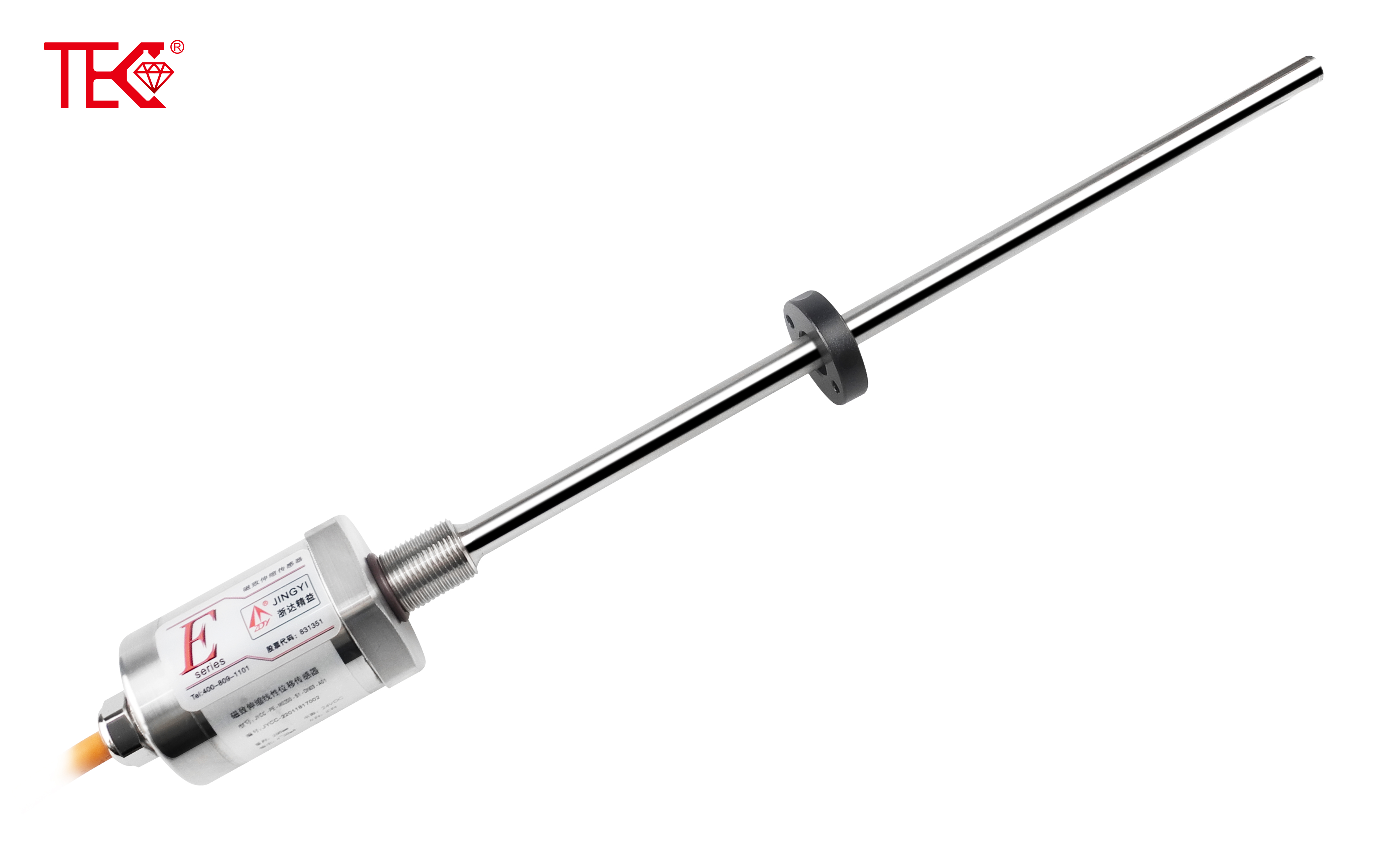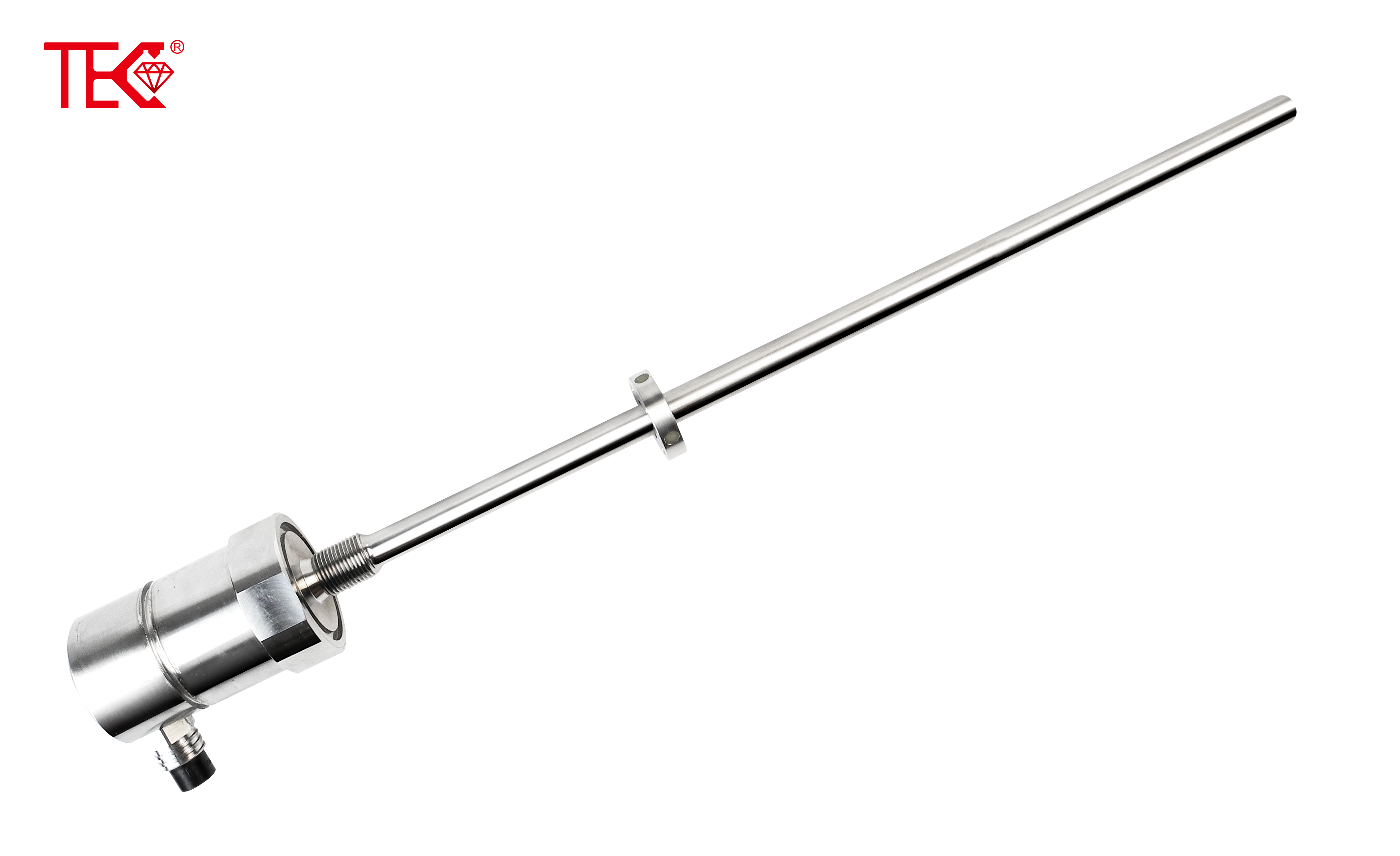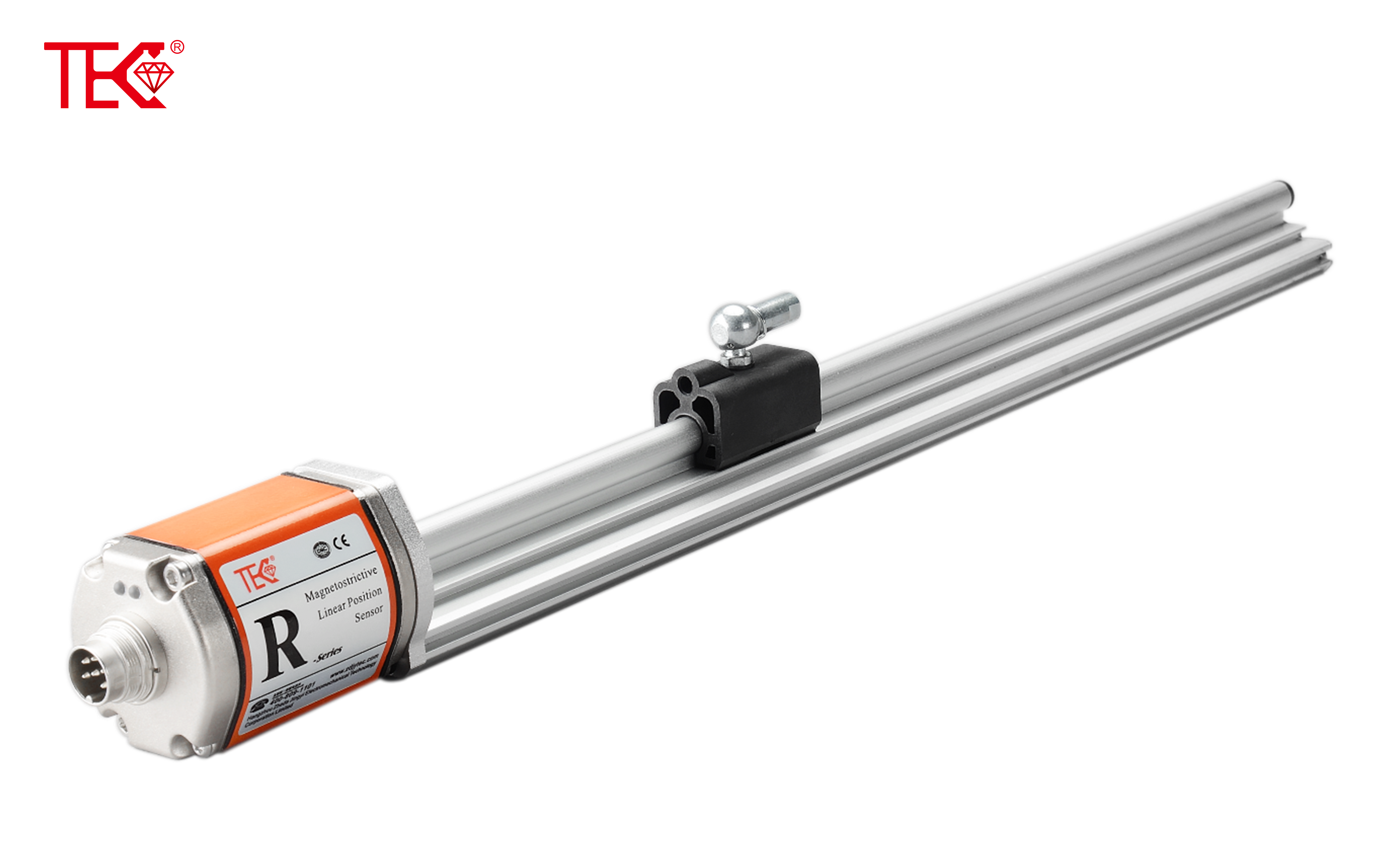Accuracy Comparison: Laser vs. Magnetostrictive Displacement Sensors
Accuracy Comparison: Laser vs. Magnetostrictive Displacement Sensors
In the realm of precision measurement, two prominent sensors stand out: laser and magnetostrictive displacement sensors. Each boasts unique advantages and capabilities, making a comparison of their accuracies crucial for applications requiring high precision.
Laser displacement sensors rely on optical principles. They emit a laser beam towards a target and measure the reflected light to determine the target's position. This method offers high accuracy, typically within micrometers, and is suitable for non-contact measurement. However, laser sensors are susceptible to external factors like dust, smoke, and vibrations, which can interfere with the laser beam and reduce accuracy.
On the other hand, magnetostrictive displacement sensors utilize the magnetostriction effect. These sensors consist of a waveguide and a magnet that interacts with an applied magnetic field. As the magnet moves, it generates a strain pulse that travels along the waveguide. By measuring the time it takes for the pulse to return, the position of the magnet can be determined. Magnetostrictive sensors are known for their high accuracy, often surpassing laser sensors, and their ability to withstand harsh environments.
When comparing the two sensors' accuracies, magnetostrictive displacement sensors tend to outperform laser sensors in certain applications. Their robustness to external factors and high resolution make them suitable for demanding environments where precision is paramount. However, laser sensors are still preferred in some applications due to their non-contact nature and simplicity of operation.
In conclusion, both laser and magnetostrictive displacement sensors have their merits in terms of accuracy. The choice between the two depends on the specific requirements of the application, including environmental conditions, measurement range, and resolution. Understanding these differences is crucial for selecting the most suitable sensor for a given task.
 How to choose a magnetostricti
How to choose a magnetostricti
 Where can the magnetostrictive
Where can the magnetostrictive
 How to choose a magnetostricti
How to choose a magnetostricti
 Working principle of explosion
Working principle of explosion
